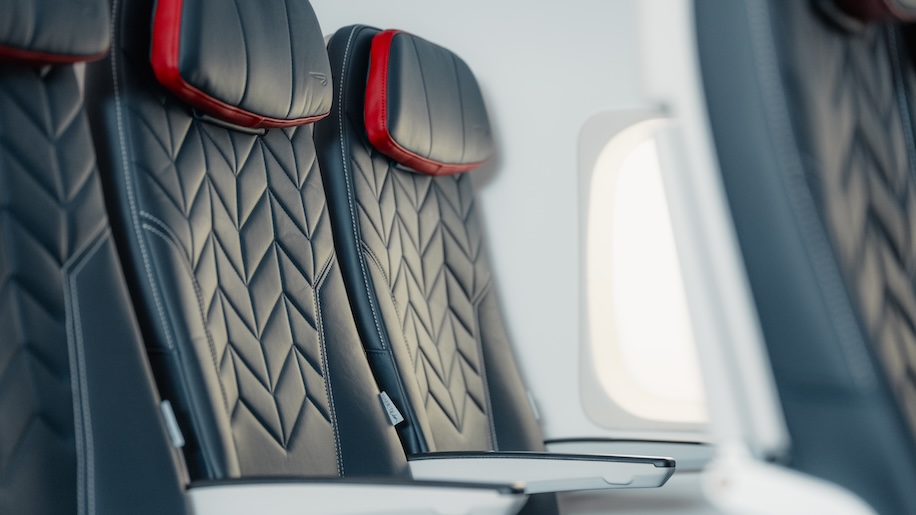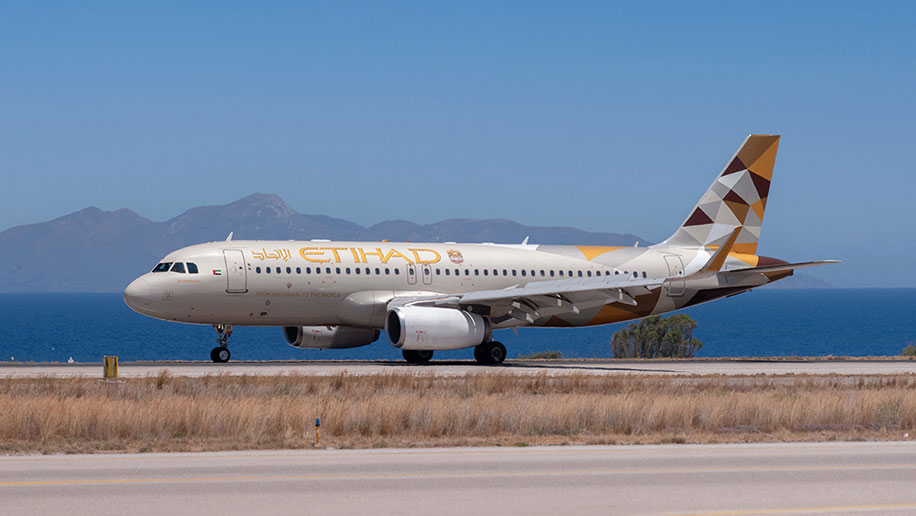Air transport technology provider SITA has published its latest Baggage IT Insights report, showing a drop in the rate of mishandled baggage last year.
The firm said the number of mishandled bags by the industry fell from 7.6 per 1,000 passengers in 2022 to 6.9 per 1,000 passengers in 2023.
SITA said the figure had been achieved even though passenger numbers surpassed 2019 levels for the first time in five years, reaching 5.2 billion.
Long-term figures show bad driving rates have fallen by 63 per cent between 2007 and 2023, and desperate passenger traffic increased by 111 per cent over the period.
Asia-Pacific remained the region with the lowest lost baggage rates in 2023, with just 3 per 1,000 passengers, compared to 5.8 in North America and 10.6 in Europe.
The report follows recent data released by the International Air Transport Association on the implementation of baggage tracking by airlines and airports.
IATA surveyed 155 airlines and 94 airports and found that 44 percent of airports have fully implemented Resolution 753 – which requires baggage tracking at acceptance, loading, transfer and arrival – and another 41 percent are in the process. process of doing it.
IATA: Industry moves forward to reduce baggage mishandling
The SITA Baggage IT Insights 2024 report also shows that two-thirds of airlines now offer unassisted baggage drop-off, while 85 percent of airports offer self-service baggage drop-off.
The report also says that almost a third (32 percent) of passengers rely on baggage claim information being sent directly to their mobile phone.
Commenting on the news, David Lavorel, CEO of SITA, said:
“The improvement in the lost baggage rate in 2023 is great news for passengers and for aviation. It is especially impressive as global passenger traffic grew strongly in 2023 and will double by 2040.
“In the results of SITA Baggage IT Insights we see clearly that baggage automation is the way forward, with more collaboration, more communication with passengers and investments in new technologies such as artificial intelligence and computer vision to make the journey more fluent.
“From my own travel experiences, I can say that this will be really welcome. Technologies like these are essential because they help us collect, integrate and share data effectively. This means we can uncover important information that will make decision-making easier and more automated.”
sita.aero












